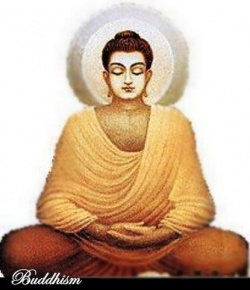A Note on Buddhist Languages
The original language of Buddhist thought is problematic. It was not Sanskrit (Old Indo-Aryan) but a closely related Middle Indo-Aryan dialect similar to Pali, the canonical language of the Buddhism of Sri Lanka and South-East Asia. As Buddhism developed in ancient India it tended increasingly to speak the universal language of ancient Indian culture, Sanskrit. Subsequently Buddhist texts were translated into Chinese _and Tibetan which became major Buddhist languages in their own right.
The general principle I have adopted is to quote universal Buddhist terms in both Sanskrit and (when there is a difference) Pali, placed in parentheses after the English translation so: 'aggregates' (skandha/khandha). If the term is used again in the body of the text I have generally preferred the Sanskrit form, unless the context is exclusively that of Theravada Buddhism.
Terms that are specific or characteristic of a particular Buddhist tradition are quoted in the appropriate language(s), either Pali or Sanskrit with, where appropriate, their Chinese or Tibetan, or occasionally their Japanese or Korean translation. The transliteration of Indian languages follows the standard transliteration scheme (see A. L. Basham, The Wonder that Was India, so6~8); Chinese is quoted according to the Wade~Giles system, rather than Pin-Yin, Tibetan according to the Wylie system. Words that have become part of the English language (i.e. would be found in an English dictionary) are left unitalicized but the appropriate diacritical marks have been added, hence 'nirval)a'
Source
[
